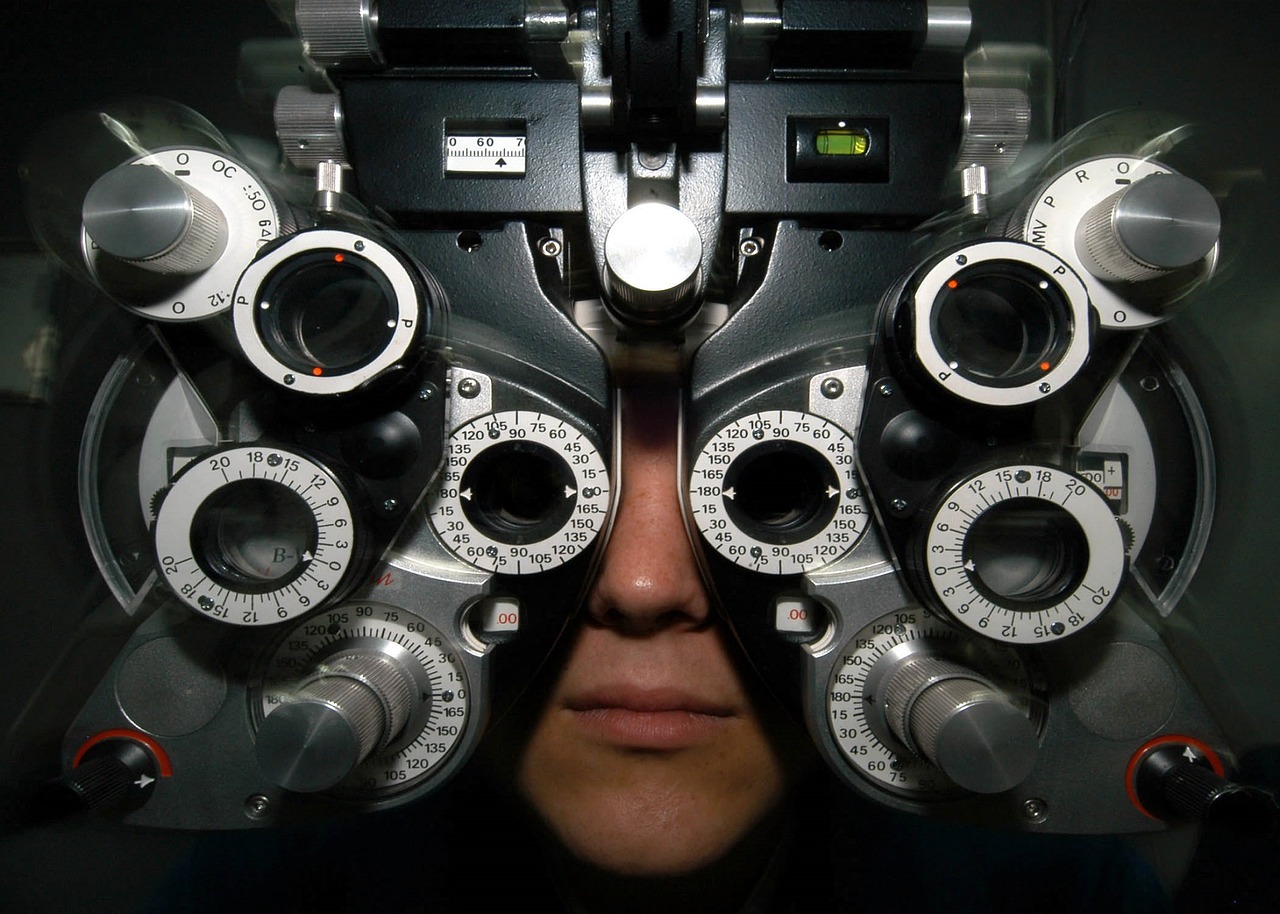
Question:
Does having partial red-green color vision deficiency hamper the chances of a resident to pursue Interventional Radiology? Or will it even prevent me from applying for the post of a professor after completing MD Radiodiagnosis?
Color Blind Future Radiologist
Answer:
Dear Color Blind Future Radiologist,
Fortunately, most interventional procedures, you can view in black and white. And, that same rule also applies for most of the radiology field, interventional and non-interventional. Usually, we look at images without color overlay when reading CT scans, plain films, MRIs, and fluoroscopy.
Moreover, you can change the color settings on the software of most equipment such that you can avoid the pitfalls of red-green color deficiency. Even color doppler ultrasound and nuclear medicine (the most color driven modalities) usually have different color settings. In these colorful modes, you should be able to set it so that you see the information appropriate for your eyes. So, you should be able to get around the problem.
However, there is one caveat. It is critical to notify your faculty about your color blindness to ensure that they change the settings on the equipment. Don’t be shy about bringing this issue to their attention. You will only be hurting yourself. If you let them know up front, you can look at the images in a color scheme that you can read. In the end, it is possible to become a full-fledged radiologist with a partial color blindness deficiency!
Instead of worrying about color blindness, most importantly, now you can concentrate on improving your application. Since IR has become so competitive, you can spend your time on what matters, garnering a spot in a field with few positions. And, no longer do you have to worry about how partial color blindness will affect their selection of you as a candidate!
Regards,
Barry Julius, MD







